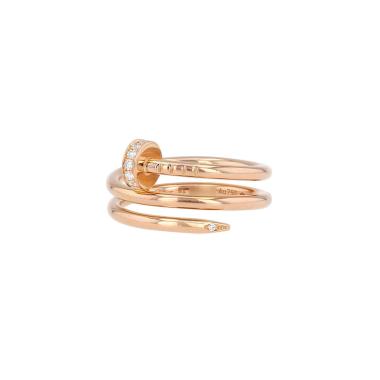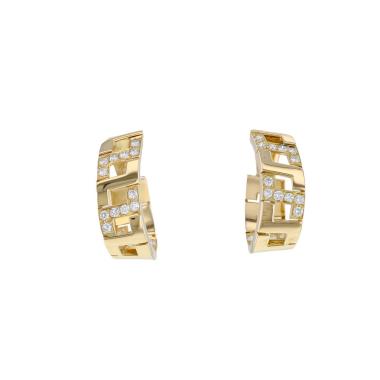The history of Cartier jewellery
The famous Cartier company was founded in 1847 when the young jeweller Louis-François Cartier took over the Paris workshop from hi
Cartier jewellery
The famous Cartier company was founded in 1847 when the young jeweller Louis-François Cartier took over the Paris workshop from his journeyman. He was spotted by the cousin of Napoleon III and earned her protection and the orders of the imperial family.
Armed with a great reputation, his descendents made the business prosper and installed it at number 13 Rue de la Paix in 1899. The company rapidly gained a huge international reputation and established itself in London and New York. The company remained in the family until 1964 but now belongs to the Compagnie Financière Richemont SA.
Throughout the twentieth century, Cartier has been a favourite of the British royal family. Cartier was distinguished by the creativity and vitality of its audacious and unique style.
The Prince of Wales commissioned the jeweller to produce a sumptuous and legendary piece for his coronation in 1902. He gave the company the royal warrant in 1904. Other courts followed his example in Spain, Portugal, Belgium, Russia, Siam, Greece, Egypt and Monaco. The King of England gave him the nickname ‘jeweller of kings, king of jewellers’.
Cartier’s savoir-faire, audacity and the quality of his creations mark the history of luxury. The company pioneered the use of platinum in jewellery and made great advances in horology, producing its now iconic watches, including one of its first wristwatches, the ‘Santos’ (1904), named after the aviator Santos-Dumont.
Cartier took inspiration from the artistic movements of his time, from art deco to expressionism, and produced modern, brightly coloured pieces with stylised, geometrical forms. Cultures and traditions from all over the world were also sources of inspiration. Cartier produced collections with new forms and continued to innovate.
Between 1917and 1919, inspired by the allied tanks of the First World War, and the new sobriety that prevailed at this time of the rise of modernity and the avant-garde, the company produced the Tank watch. Its clean, timeless lines and masculine styling have given it continued success and matchless longevity. It was followed in 1932 by the invention of the Pasha, another iconic watch that has been reissued several times in various guises.
On the jewellery side of the business, the famous ‘panther’ design was launched in the second decade of the twentieth century, the Trinity ring with its three bands appeared in 1924. Both marked their time and became great classics of Maison Cartier.
In the thirties the Haute-Joaillerie part of the company was headed by a woman, Jeanne Toussaint - another first! Under the occupation, this character from the Parisian fashion world, designed a ‘Oiseau en Cage’ (caged bird) series and from 1944, the famous ‘L'Oiseau libéré’ (liberated bird). Cartier is famous for its ‘Bestiaire’ including the Panther brooch of the forties, designed for Wallis Simpson.
Cartier was a family company until it was bought by the industrialist Robert Hocq in 1964. He directed the company in a very modern, aggressive style and saw the creation of perfumes and lighters.
In the early seventies, the ‘Must de Cartier’ made Cartier red a landmark colour. His successor in 1979, the investor Joseph Kanoui brought together all the subsidiaries to create the Cartier Monde company, anticipating the phenomenon of globalisation before the term was coined.
Cartier is a standard for French elegance and invested in cultural sponsorship in 1984 when Alain-Dominique Perrin, President of Cartier International, created the Fondation Cartier in 1984, to promote and spread contemporary design. In 1997 a huge retrospective marked the 150th anniversary of the founding of Maison Cartier. The Swiss group, Richemont, a world giant in the luxury sector, bought Cartier in 1999. Cartier remains rooted in the tradition of excellence and started a luxury watch factory in Switzerland in 2001. It launched the ‘Roadster’ watch in 2002 and the ‘Ballon bleu’ in 2007. Equally, recent jewellery collections have been inspired by historic designs and the icons of the company, such as the panther motif.
Cartier is now the world’s biggest maker of jewellery, the second biggest watch and leather goods maker.































